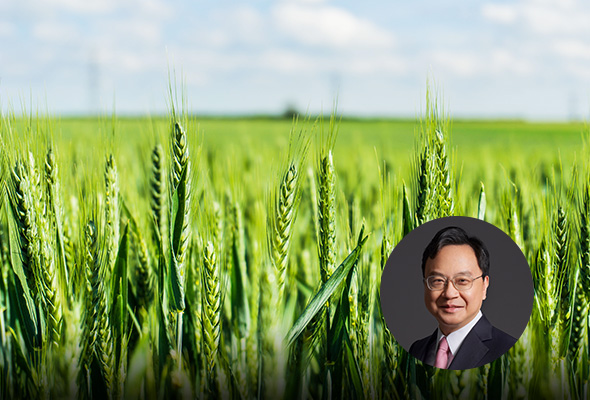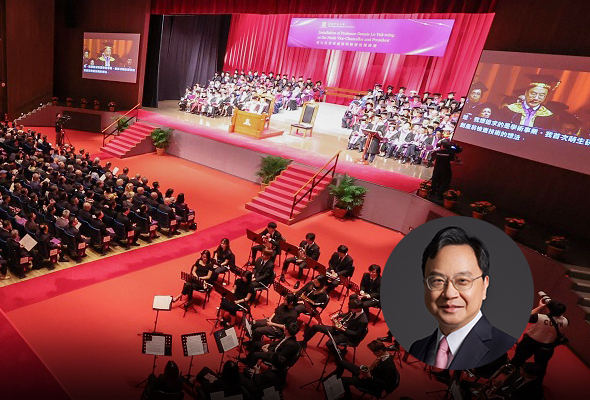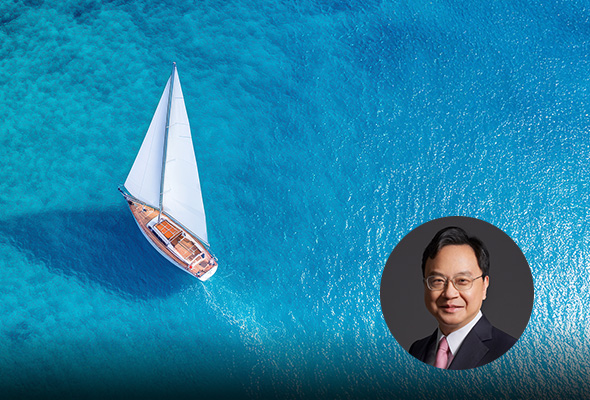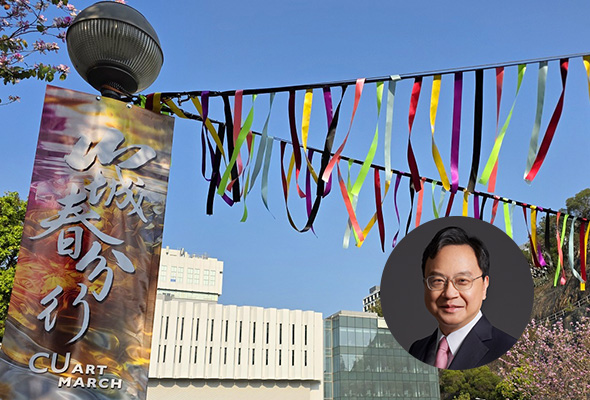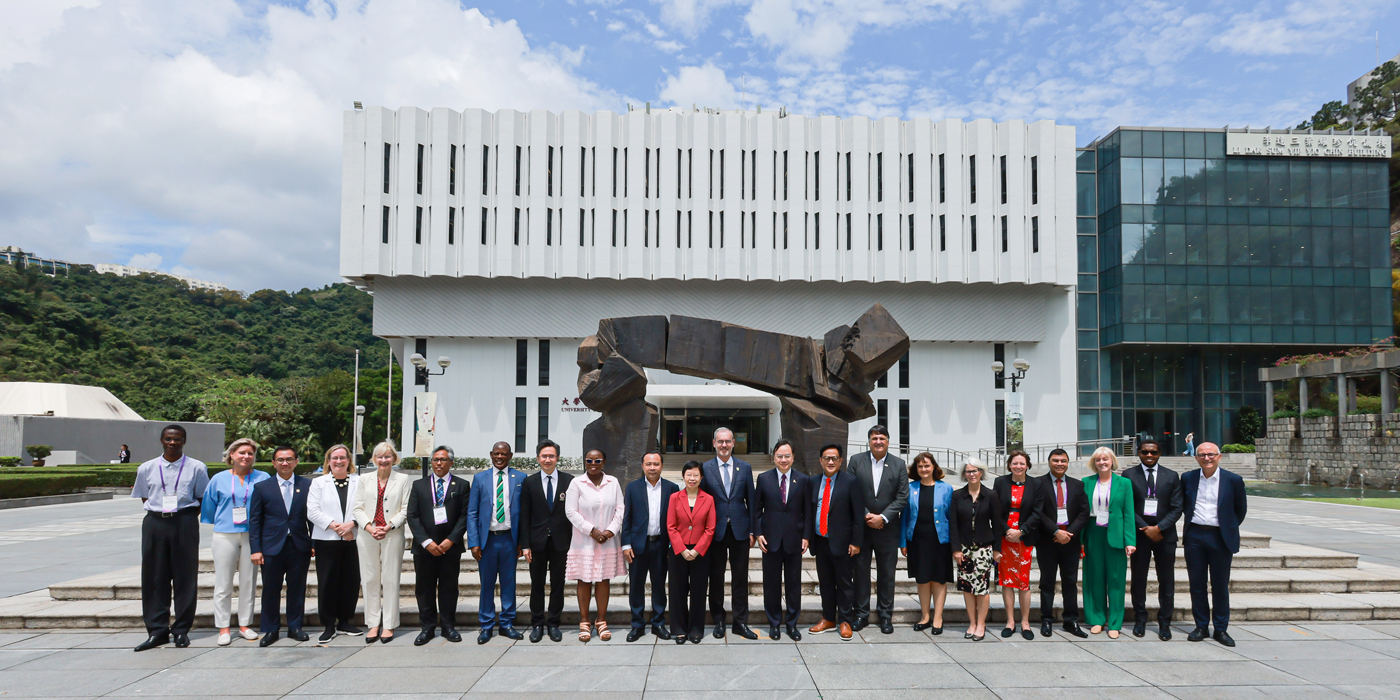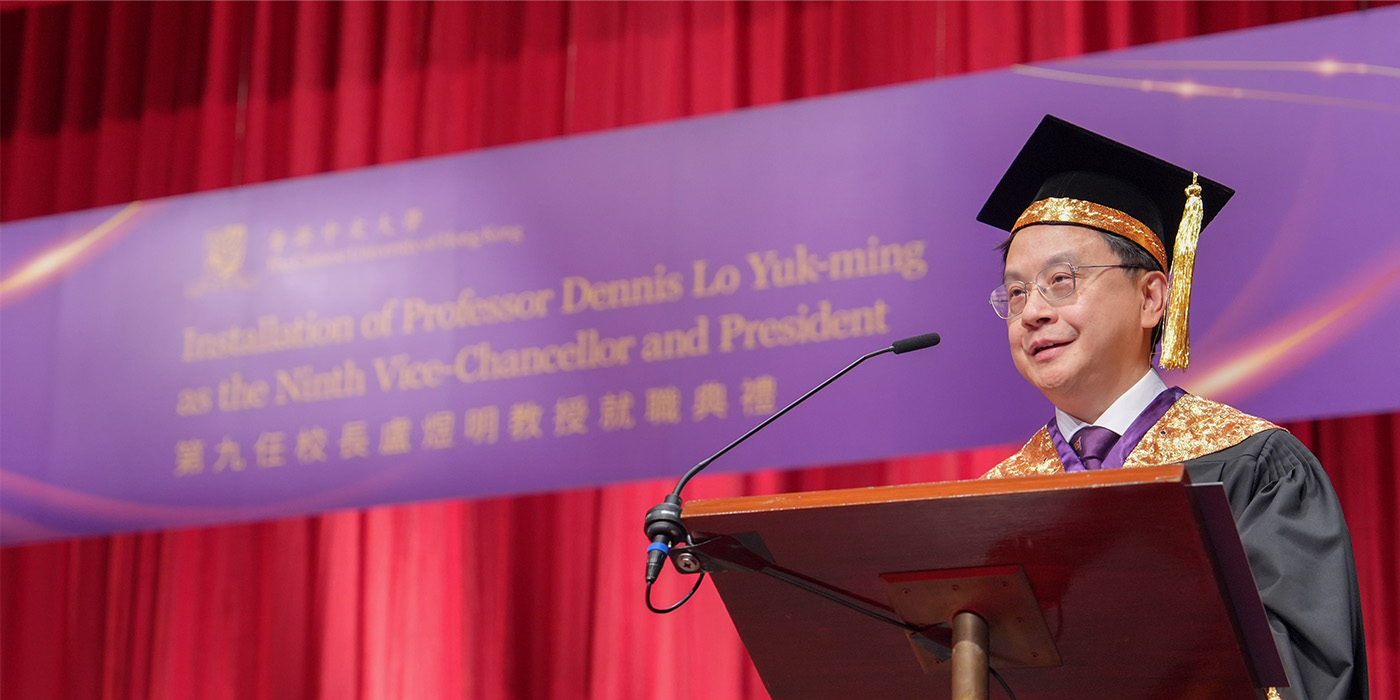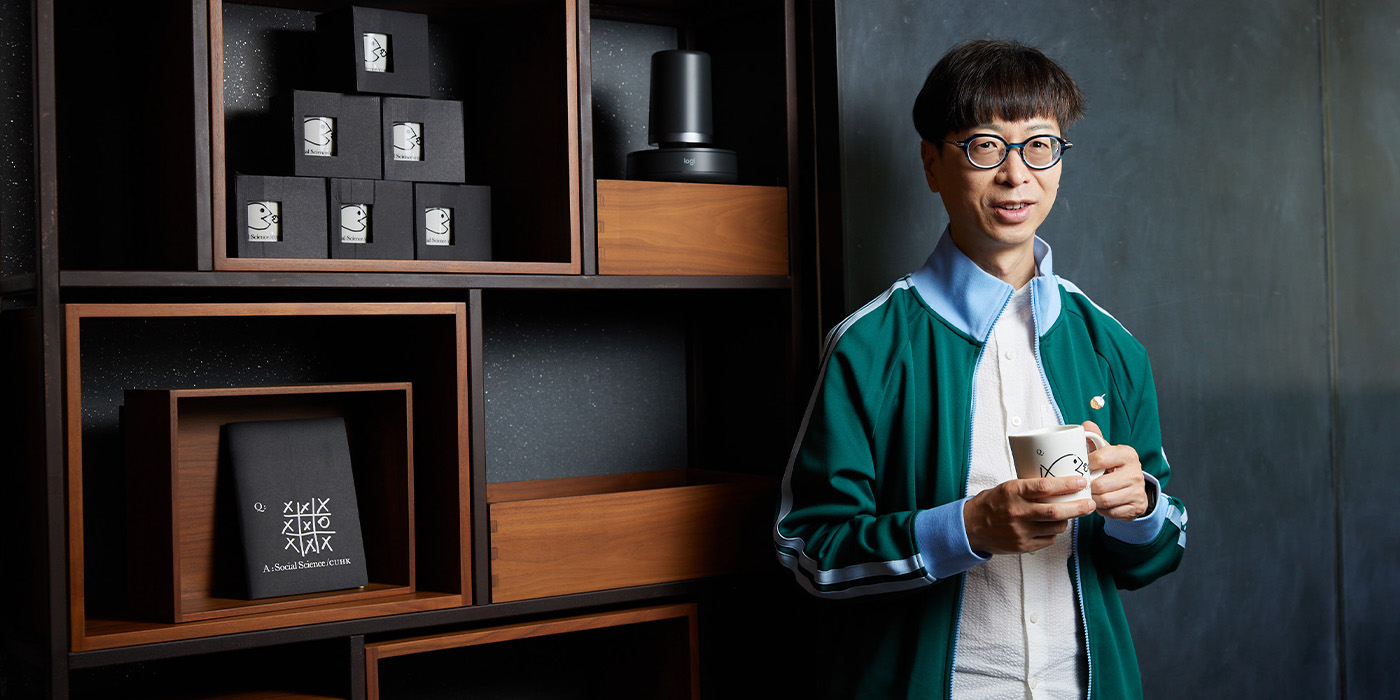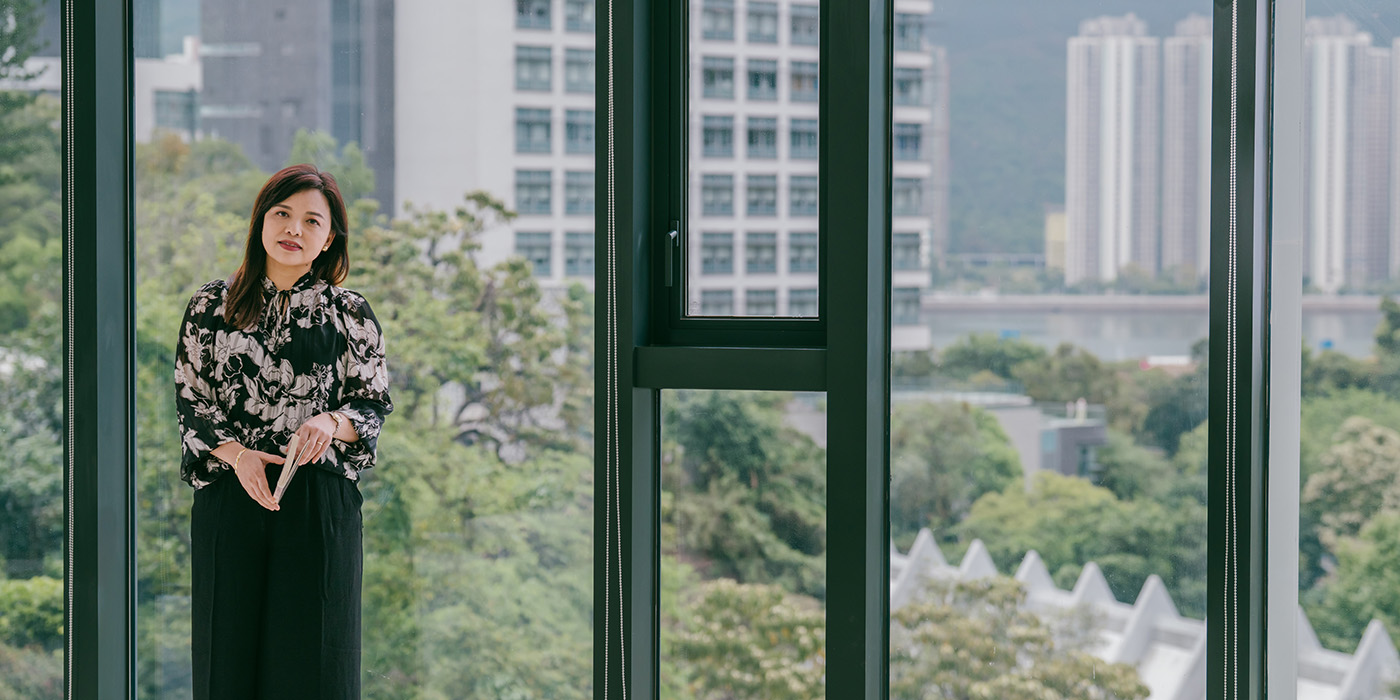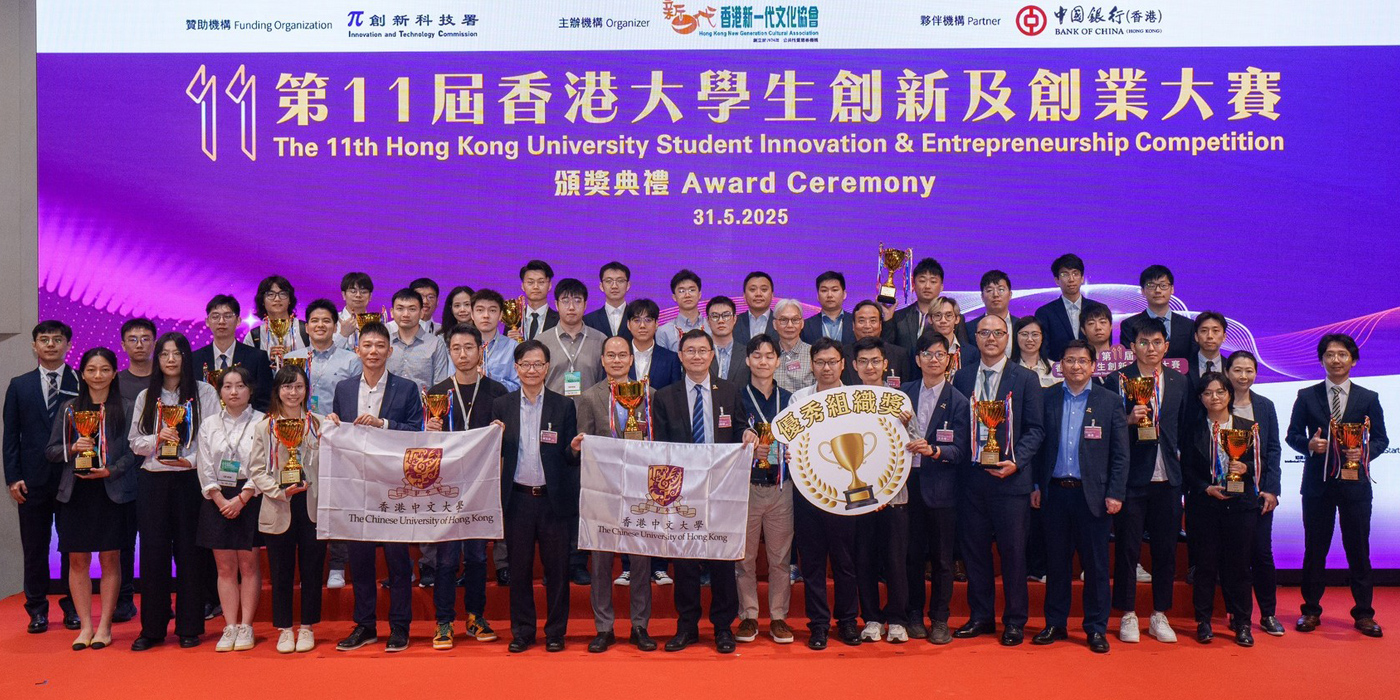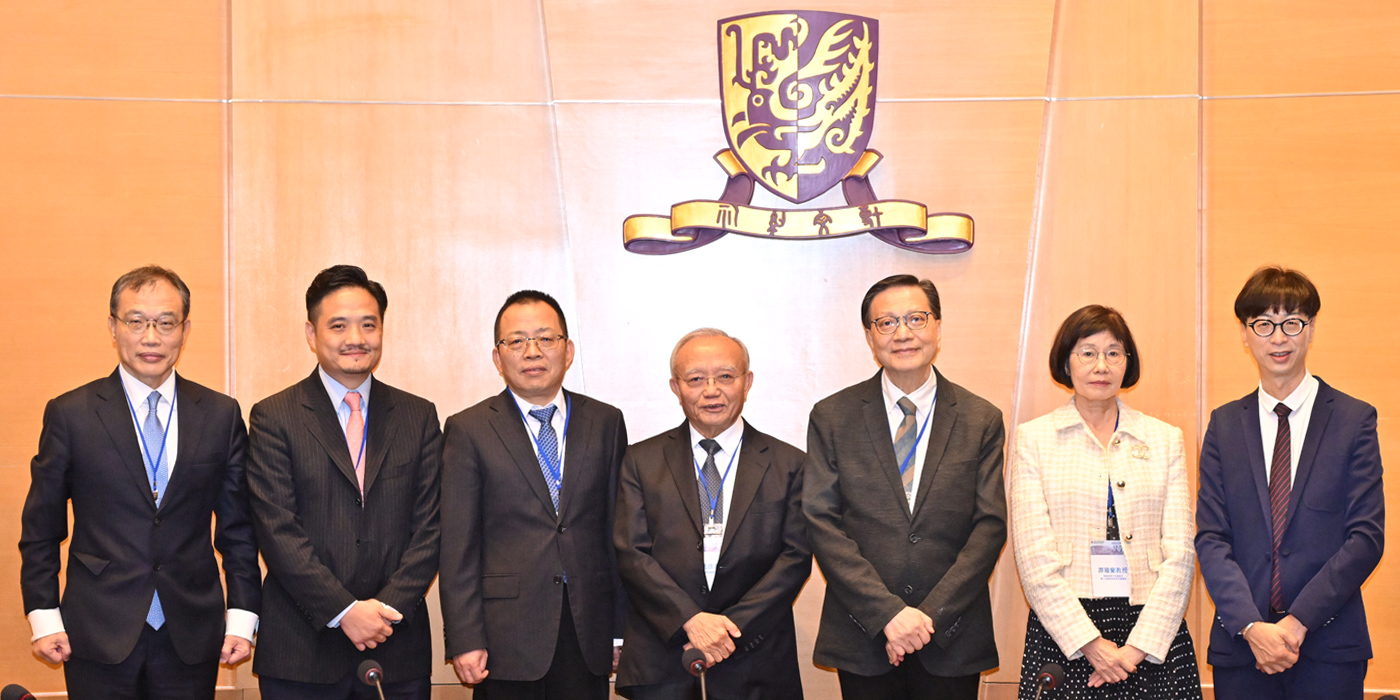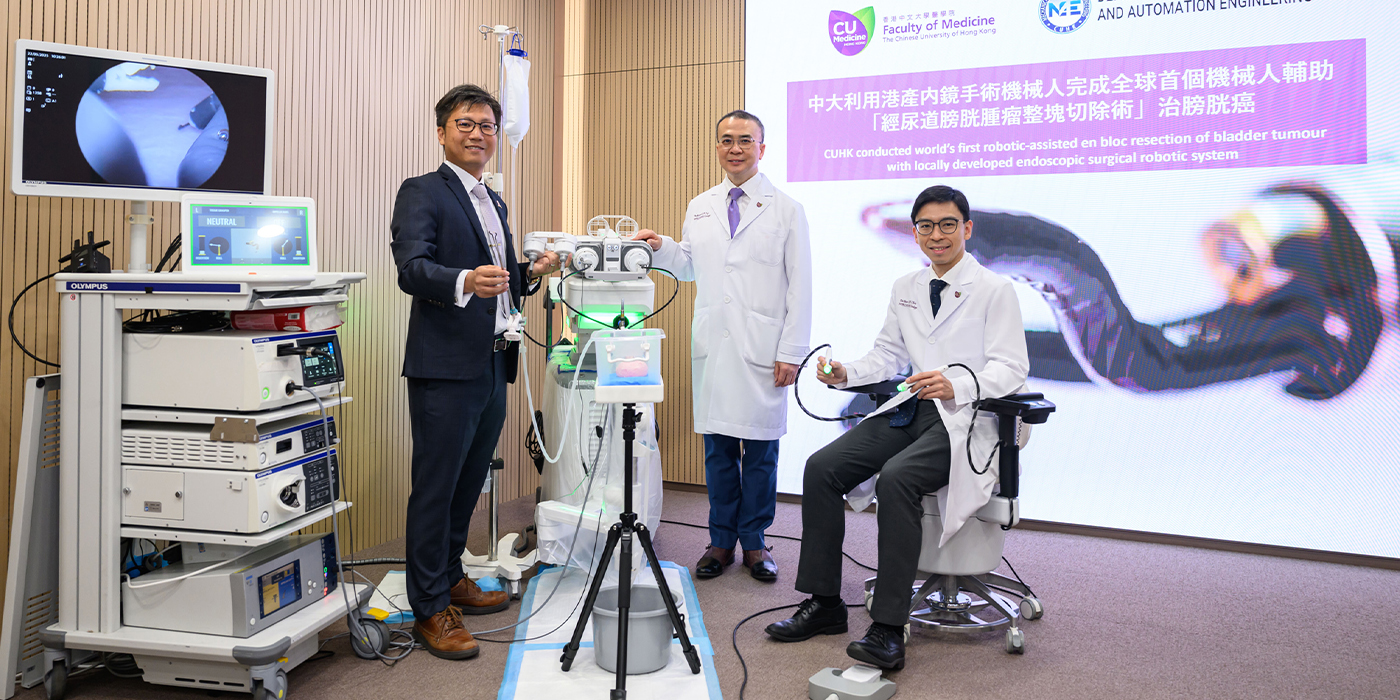Professor Liu Lin’s Antarctic diary (selections)
Day 3 (21 December 2024)
We flew past the ice fields of Patagonia today, and found myself bewitched by the unfolding tapestry of icebergs, glaciers and lakes. Punta Arenas in Chile is one of the closest cities to the South Pole, and Portuguese explorer Ferdinand Magellan came ashore here in 1520. Today happens to be the summer solstice for the Southern Hemisphere, and it was still bright outside at 10 in the evening. After three long days of travelling, what a relief to get some time off, so that we can rest and prepare for the trip to the Antarctic base.
Our flight to the Great Wall Station is scheduled for tomorrow afternoon. Hopefully the skies are clear and everything goes well!
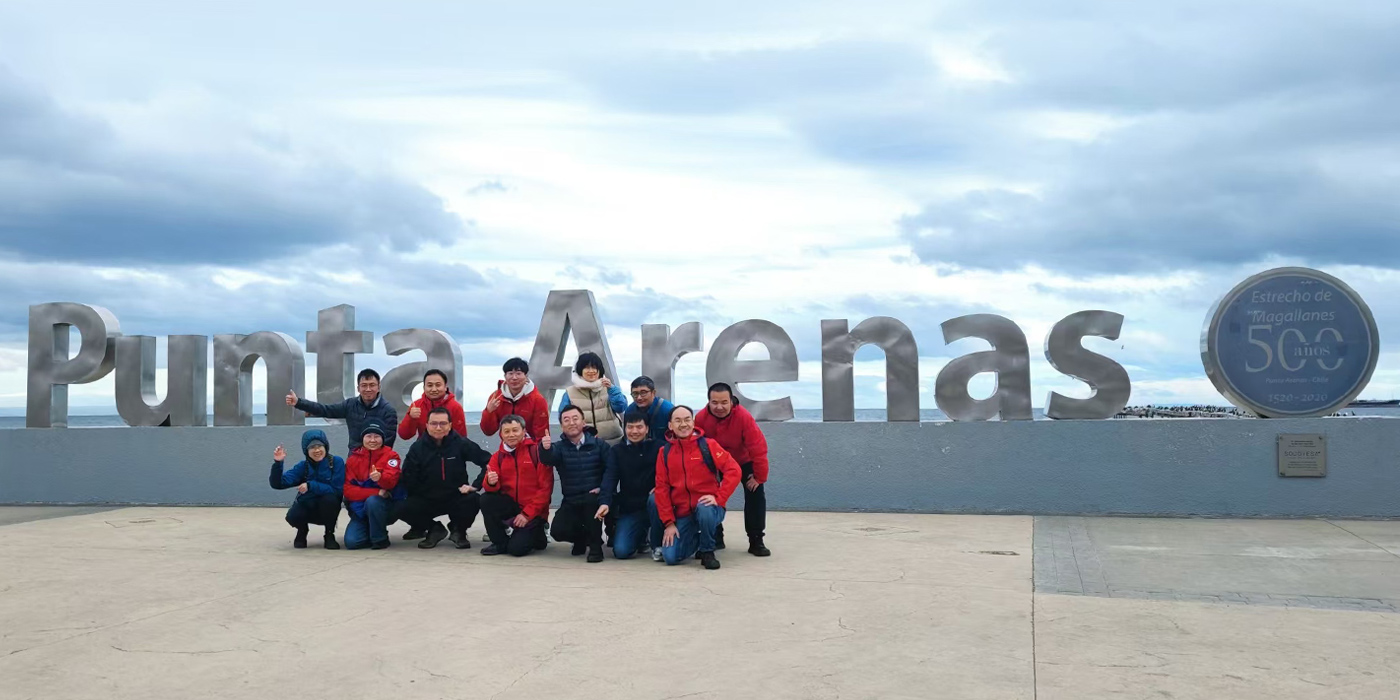
Day 4 (22 December)
Arrived at the Great Wall Station on King George Island in Antarctica without incident. The 13 of us newly-arrived scientists met with members of the 40th expedition who’d spent the winter at the station, as well as the first members of the 41st — what a crowd! The Great Wall Station is China’s first Antarctic research base, and after 40 years of hard toil from generations of Antarctic researchers, they’ve overcome unimaginable odds to build a little community that could well be a town of today. Besides the ubiquitous penguins, we also caught a glimpse of two seals sunbathing on the ice. After getting a clearer picture of the surrounding environment, we’ll need to refine our plans for the next two weeks of sample collection and experiments.
Day 5 (23 December)
Off we go, on land and on sea! Professor Li Jiying from HKUST struck out into the ocean to collect her seawater samples, while the CUHK team walked 10 kilometres in our jumpsuits to the south side of King George Island. We collected river water, soil, and moss samples from the three rivers there. To walk past those Antarctic snowbanks and cliffs is such an experience!
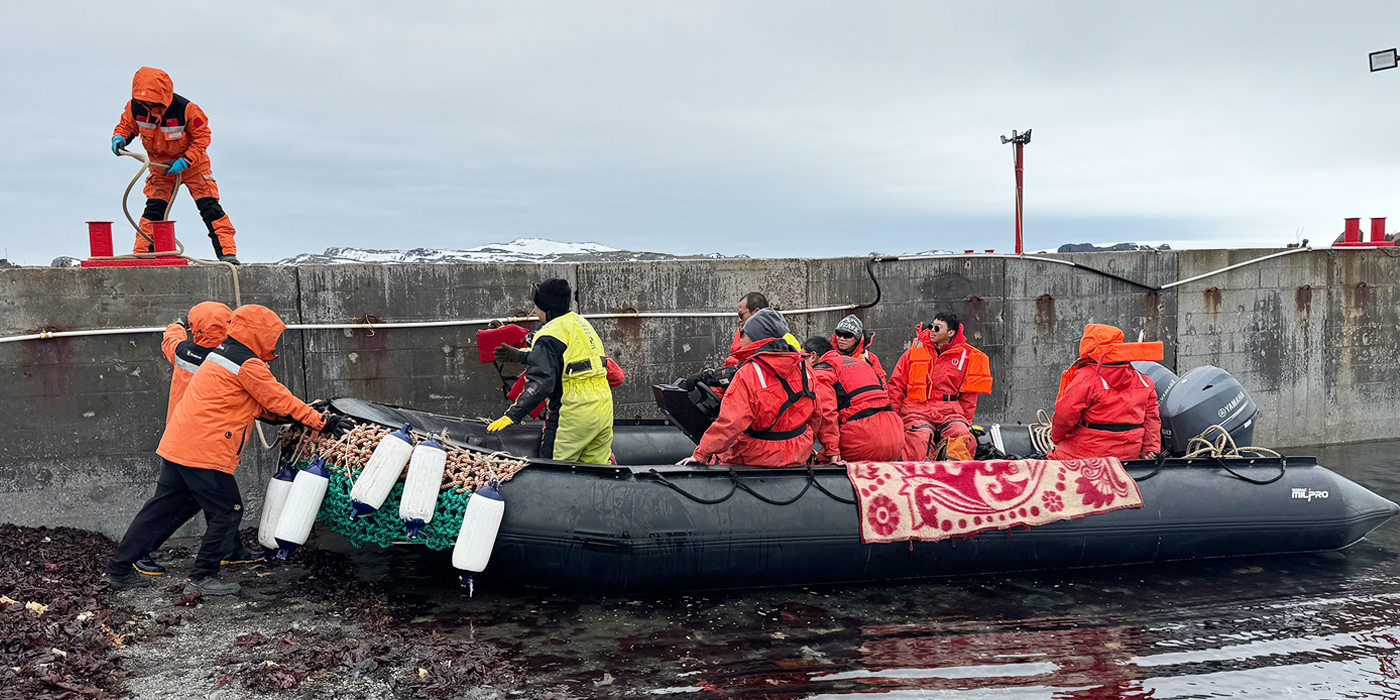
Days 7-9 (25-27 December)
After three days of field work, we’ve finally finished collecting samples around the Jiuquan River, which lies south of the Great Wall Station. Working with three biogeochemists, we collected samples of soil, vegetation, snow, air, saltwater and freshwater, and many more. In total we collected close to 300 samples, trying to quantify the effects of global warming and the effects of rapid moss-greening on the biogeochemical cycle. The algae and microorganisms we found from these “vernal pools” form dazzling patterns — a huge contrast from the images of icy worlds that permeate popular imagination. Now our samples go into storage in a -20°C freezer, and will be transported back to China on the Xue Long 2 in April 2025, after which we can analyse them in more detail within our labs. Looking forward to new discoveries…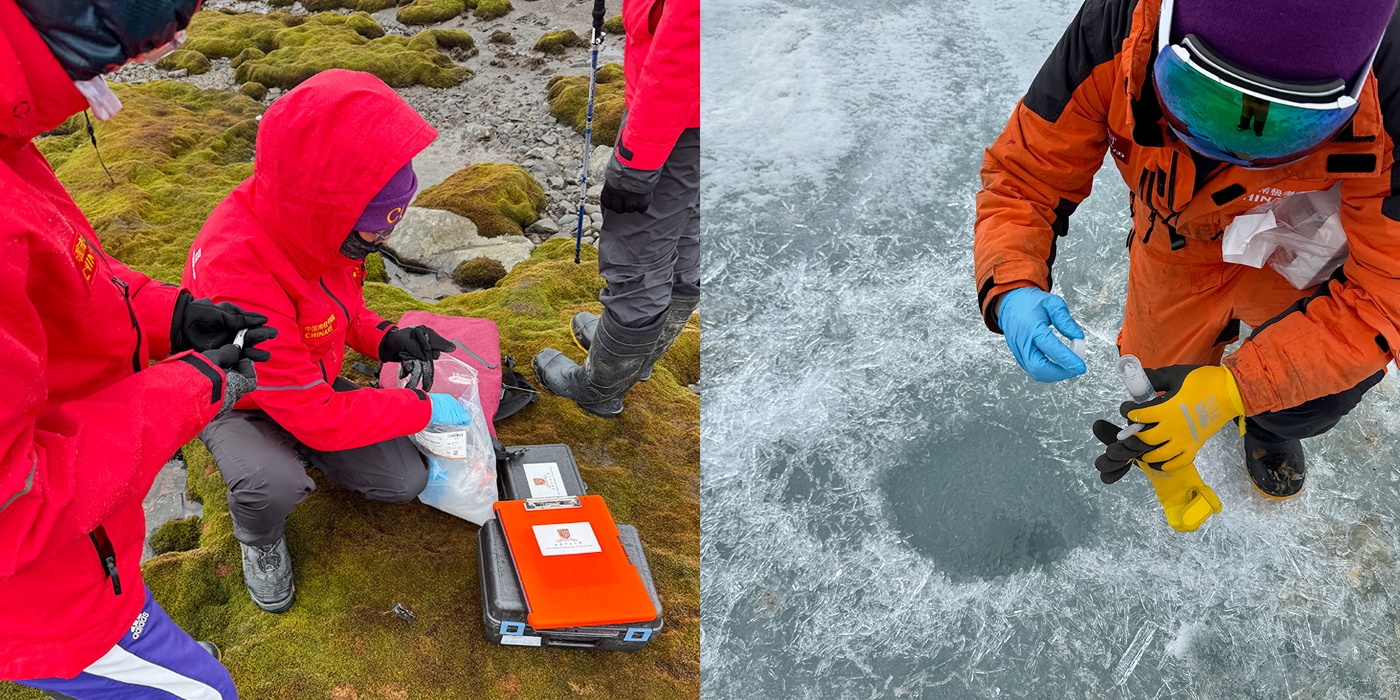
Day 12 (1 January 2025)
Crossed over to 2025 in Antarctica! At midnight we heard the Bell of Peace ring out at the station, and come morning we took part in a flag-raising ceremony. In the afternoon we visited Russia’s Bellingshausen station, and exchanged gifts with its leader. On King George Island, where our base stands, there are research stations from China, Chile, South Korea, Uruguay, and many other countries besides. Everyone is a friend here — we help each other out, and drop in on each other.Day 14 (3 January)
Our two weeks of outdoor field work at the Antarctic have come to a close! Not only did we get our valuable first-hand data in the samples we gathered from the base, we also gained experience for our work, and made friends with people all across the globe, learning more about the trials and tribulations of working at the poles. As a token of our thanks, the CUHK also gifted some items (like an SAR flag) to the station. Thanks once again to the Antarctic Administration, the Polar Research Institute, station leaders Shao of the 41st expedition, station leader Wang of the 40th expedition, and all the colleagues and team members, for their massive support of our work and for taking care of us! See you back at the poles!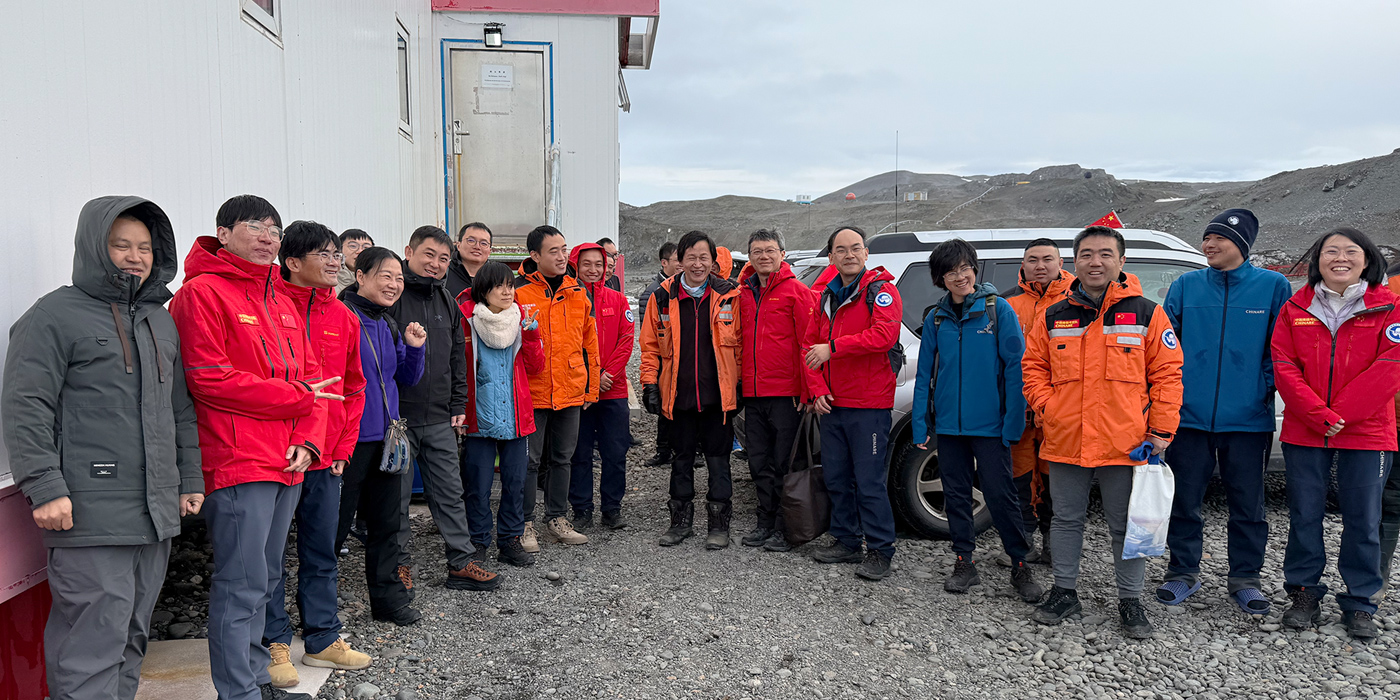
Translated by Chamois Chui
Photos courtesy of Professor Liu Lin

